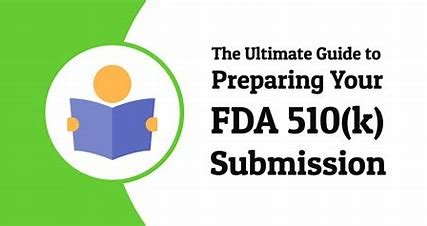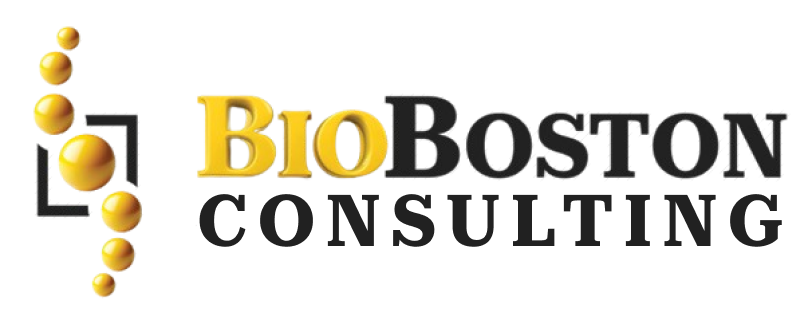Learn how to prepare for your FDA 510(k) submission with this step-by-step guide. Discover essential documentation, the submission process, and how to navigate the FDA review.
In the USA, regulatory submissions are a foundational component to bring a medical device to market by gaining clearance from the U.S. Food and Drug Administration (FDA). The 510(k) submission is one of the more typical submission types.
First Things First: Learn the 510(k) Process
Step 1: Get To Know The 510(k) Process: Before you can submit a passable submission, you need to understand how the FDA thinks. A 510(k) is a premarket submission made to demonstrate the safety and effectiveness of a medical device that is substantially equivalent to an already legally marketed predicate device.
Step 2: Identify Predicate Device(s): Predicative devices should be intended for the same use and have equivalent technological parameters.
Step 3: Collect the required Documentation – Candidate must collect all necessary documents to preparing a full-fledged 510(k) Submission. This typically includes:
a. Device Description: Provide a specific description of the device type, including model number; indications for intended use and design specifications.
b. Indications for Use: Include the intended use of the device and whether it is for use in diagnosis, therapy or otherwise for treating patients (please specify patient population(s) and medical condition that determines eligibility).
c. Performance Testing: Provide test protocols, data and results supporting that the device meets the required performance standards.
It shall comply with all relevant US FDA Regulations for Medical Devices having the intended performance and characteristics shown in the labeling, including Design Inputs listed.:
d. Biocompatibility: Biocompatibility testing data to evaluate potential biological risks from human exposure.
e. Providing Software Documentation such as Software Development, Validation and Risk Analysis if applicable for your device.
f. Labeling: Draft device labeling, directions for use, warnings and precautions.
g. Manufacturing Information: Include the manufacturing processes, quality control measures applied as well as any certifications that are relevant to the product being procured.
h. Clinical Data: Depending on the device, clinical data may be used to support safety and effectiveness claims. Refer to the FDA guidelines to determine if clinical data will be required.
Step 4: The actual 510(k) Submission: After all the required documentation has been collected, you can begin preparing the 510(k) submission. Here is what you need to include:
a. Cover Letter: Include a cover letter that provides a brief summary of the submission and attests to this device’s substantial equivalence to one or more predicate devices
b. Table of Contents: Give a full table of contents except for Abstract which will be presented in the item.
c. Executive Summary: Provide an executive summary of the intended use, technological characteristics and safety and effectiveness.
d. 510(k) Summary or Statement: Provide a clear and concise summary of the data which demonstrates substantial equivalence to the predicate device.
e. 510(k) Statement – A statement stating that your device is substantially equivalent to the predicate device(s) and complies with all regulations applicable to it.
f. Attachments: Arrange and append the collected evidence to quote the same with proper reference and labeling.
Step 5: Submit the 510(k) Application: After compiling all documents required for submission, you can submit your 510(k) application to the FDA. To submit the package electronically to the FDA, one can utilize the Electronic Submission Gateway (ESG) of FDA. Please make sure you complete all necessary items and follow the instructions for attaching your submission.
Step 6: Guide you through the FDA Review Process: Once the submission is received, FDA will start its review process. The time it takes for a review to be completed will depend on the complexity of the device and volume of submissions. Additional information or clarifications from the FDA during their review may be requested, and it is important to be able to respond quickly.
Step 7: FDA Decision – The final step is where the FDA comes to a conclusion of approval or disapproval on your 510(k) submission. Upon completion, you can market your device in the US with a clearance letter if the submission is successful. If the FDA finds any deficiencies or has any concerns, they will provide feedback, and you may have to address those issues before gaining clearance.
Conclusion
For bringing medical device to the market in USA, one of important process is 510(k) regulatory submission. Through this step by step guide on requirements, for gathering thedocumentation and the FDA review process you should be well-prepared at every stage from a successful submission to an eventual clearance from the FDA. Always follow the FDA’s official guidance and consult with experts to make sure you are up to date with the latest in regulations and practices.
Get in touch with BioBoston Consulting now and check our website how we can assist you to streamline your Regulatory activities.


